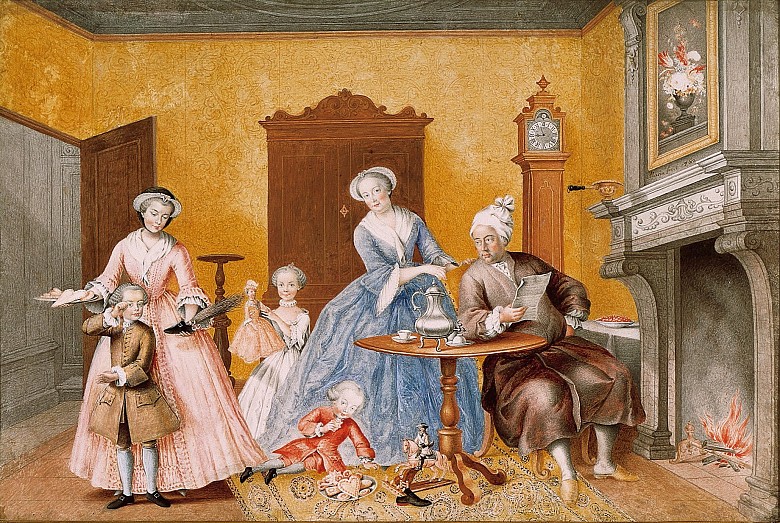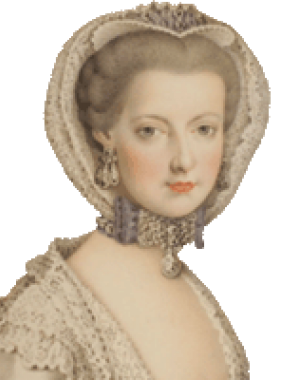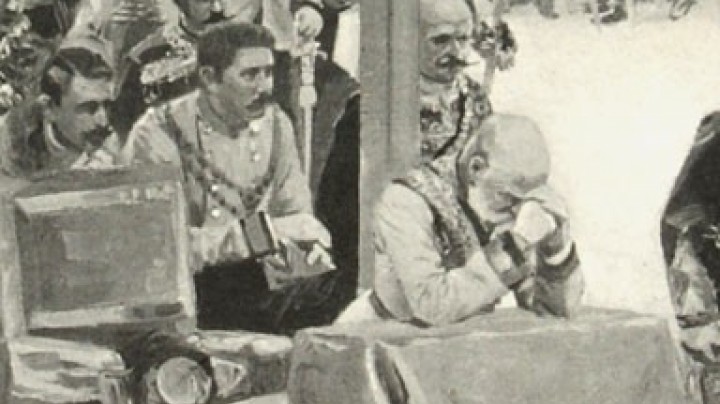The Feast of St Nicholas
On 6 December the Feast of St Nicholas, the most important of the church festivals in the period leading up to Christmas, is celebrated in Central Europe.
One of the oldest traditional customs, it has always been a festivity for children. In Austria, St Nicholas is accompanied by the diabolical figure of Krampus: the saint is benevolent and brings gifts for the children, while the role of the Krampus is to punish childish misdemeanours. Thus gift-giving was not originally associated with Christmas itself, which was a purely ecclesiastical feast; Christmas as a family festivity at which children received gifts is an invention of the Biedermeier era.
St Nicholas’s Day was celebrated in all social classes, including the imperial family: at Court gifts were distributed in the evening of the 5 December, and on 6 December the imperial family attended mass at the Convent of St Nicholas on Vienna’s Singerstrasse, later dissolved by Joseph II.
There exists a well-known depiction of this custom executed by Archduchess Isabella, a daughter-in-law of Maria Theresa, in 1762. Set in a small family living room, it shows a number of the empress’s children discovering gifts in their shoes under the fond gaze of their parents. This scene has often been adduced as evidence indicating that the Habsburgs led an almost bourgeois life within the inner circle of the family. However, recent research has demonstrated that Isabella based her depiction on Netherlandish models, copying them down to the smallest detail. As the furnishings of the room and the way in which the figures are depicted have absolutely nothing in common with ceremonial life at Court, it is now assumed that this scene is a kind of playful attempt to depict the ideal of middle-class family life that was just starting to emerge in the age of Enlightenment. It can be compared to the pastorals of the Rococo era, where the nobility fled the rigid world of court ceremonial for the ostensible idyll of rustic life.
The scene contains a number of details that are still associated with the Feast of St Nicholas. The children’s shoes are filled with sweetmeats and toys; while one of the girls is enjoying her new doll and the little boy in the centre is laying into the sweets, the older boy only has a birch in his shoe, an unwelcome gift from the Krampus …














